If you are just joining our How to Decorate {for the DIY’er} Series, welcome! Miss a post? You can find all the entries for our series listed conveniently on one page here.
Welcome back class! Today we have Kristi from Addicted 2 Decorating teaching us how to create a room design plan! Kristi will demystify room design for us and give practical tips to get us started! But first, allow me to introduce her. Kristi is a DIY powerhouse, designer, and true teacher. Her blog is filled with amazing step-by-step pictorial tutorials teaching you exactly how to recreate her projects. Here are some of my recent favorites:
Diamond Tufted Upholstered Headboard. After reading her tutorial, I’m almost convinced that I could actually pull this off for my master bedroom! She makes it look very doable.
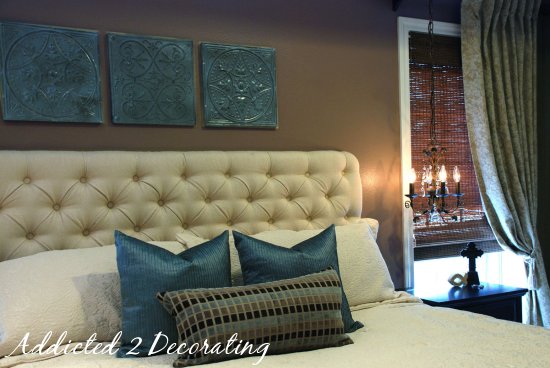
DIY Sunburst Wood Shim Mirror. Kristi made this gorgeous sunburst mirror from inexpensive wood shims! I want one.

Many of the DIY projects Kristi completes are for client’s homes. Pictured below is a recent dining room makeover she helped her client Cassandra bring to life. Don’t you just love that painted piano and the fun pops of color in the accessories?

So how does she do it? Where does she begin? How does she decorate for different people with dramatically different tastes? Well class, get your notebooks open and those writing utensils ready because she’s about to reveal all of her secrets! Go Kristi!
…………………………………………….
Hello all! I’m Kristi, and my little home here on the world wide web is called Addicted 2 Decorating. Today I’m excited to share with you the very basic steps I take to develop a room design plan.
I know, I know…starting with an empty room and figuring out what to do with it can be a daunting task. But hopefully these simple steps can help you develop a plan that you love, start to finish.
Let’s start with Step 1:

Trying to imagine a completed room right out of the starting blocks can be overwhelming. Instead, I start with one thing…one jumping off point. It can be an area rug, or perhaps a fabric. It could be a piece of artwork, or it could even be a wall treatment that I’ve always wanted to try. But I try to keep it simple, and I don’t move forward until I have my “one thing”.
Step 2, after I’ve found my “one thing”, I ask myself…

When I first started my interior decorating business, I would constantly ask clients, “What style do you like?” That question would always be met with a confused look, followed by a statement like, “Well, I don’t know what style it is, but I just want it to feel…”
I soon learned that most people don’t relate to their homes in terms of style, but in terms of feel. So I ask myself the question, “How do I want the room to feel?” Do I want the finished room to feel warm, cozy, and inviting? Do I want it to feel vibrant and energetic?
After I’ve determined the feel of the room, it’s time for Step 3, to make a list…

This is where I list out specific items that will bring about the feel that I want in the room. If I want a warm and cozy room, the perhaps I’ll add earth tone colors, natural wood tones, baskets, items made of natural fibers. If I want my room to feel vibrant and energetic, than I would add colorful items, playful and whimsical finds, unexpected jolts of color.
So let’s take a look at three very different examples, and see how this plays out in real life, shall we?
First up, one of my favorite bedrooms I’ve decorated…


Basic Idea/Inspiration: The walls. I knew I wanted to do a board and batten treatment with wallpaper (yes, I LOVE wallpaper!!) on the top portion of the walls.
How did I want the room to feel? I wanted the finished room to be warm, cozy, elegant but not pretentious, with a bit of a country cottage feel, and with items that looked collected over time.
What items complement the “inspiration” and the “feel”? Earth tones, lots of fabric, a reupholstered Goodwill chair, a refinished Craigslist dresser, a headboard with an elegant shape made out of humble materials (fence boards), warm wood shades, elegant draperies made out of common fabric (canvas dropcloths).
See how that works? It’s really quite a simple process, but one that really helps the whole room come together beautifully.
Let’s take a look at the second example. What if your basic idea or inspiration has been selected for you? Perhaps you’ve been given an antique buffet from a relative, and it’s not quite your style. Can you still make it work? Of course!

Basic Idea/Inspiration: A quintessential 1950s chrome, Formica, and vinyl dinette set that my client inherited from her parents, which she had RESTORED.IN.BRIGHT.RED! Talk about challenging!!!
How did I want the room to feel? I wanted to avoid a theme room at all costs!!! I wanted the room to have a classic look, with a nod here and there to a 1950s diner, but no theme room!! I wanted the room to be one in which the table and chairs looked right at home, without it turning into a theme room! (Can you tell I hate theme rooms? Ha!)
What items complement the “inspiration” and the “feel”? A black, white, and red color palette, black cabinets that give the room an elegant look, beadboard walls for a classic look, black and white check draperies to give a nod to the quintessential 1950s checked diner floor, and a simple warehouse pendant light.
Are you getting the hang of it? Let’s look at one more example. This is my own (still unfinished) kitchen and breakfast room in my tiny little condo that I’m slowly remodeling.


Basic Idea/Inspiration: The valance fabric. I waited for that inspiration for three years! Sometimes you just can’t rush things.
How did I want the room to feel? I wanted this room to feel fun, vibrant, whimsical, and out of the ordinary.
What items complement the “inspiration” and the “feel”? Colorful teal cabinets, apple green chandelier, colorful fabrics and floorcloth, lots of white to make the colors appear more vibrant, and a built-in banquette with cubbies overhead for something out of the ordinary.
So that’s my very basic approach to developing a design plan for a room. I hope that if you’ve been feeling overwhelmed at the prospect of completely decorating a room in your home, somehow these simple steps will make the process seem less daunting.
………………………………………….
Pop quiz time! What three things should you remember when developing your room design plan?
Answer: Find an inspirational object, ask yourself how you want the room to feel, find items which complement the inspiration and the feeling. Fantastic tips Kristi! Thank you for giving us a great place to start!
So how about you? Do you use these tips before making over a room? Talk to me!
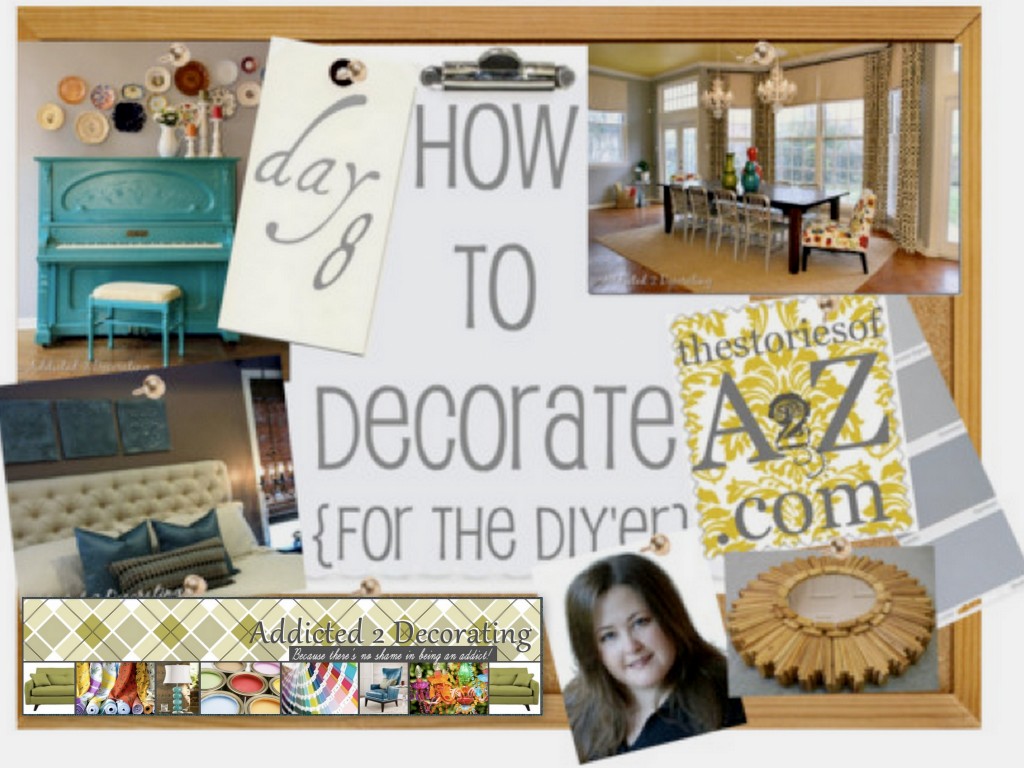

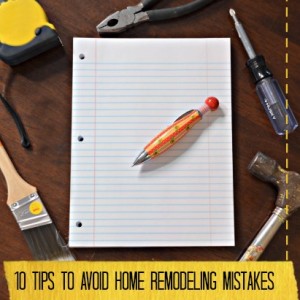
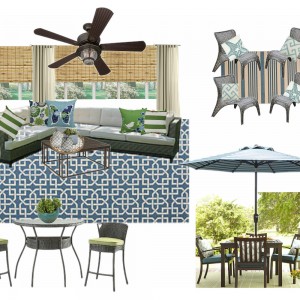
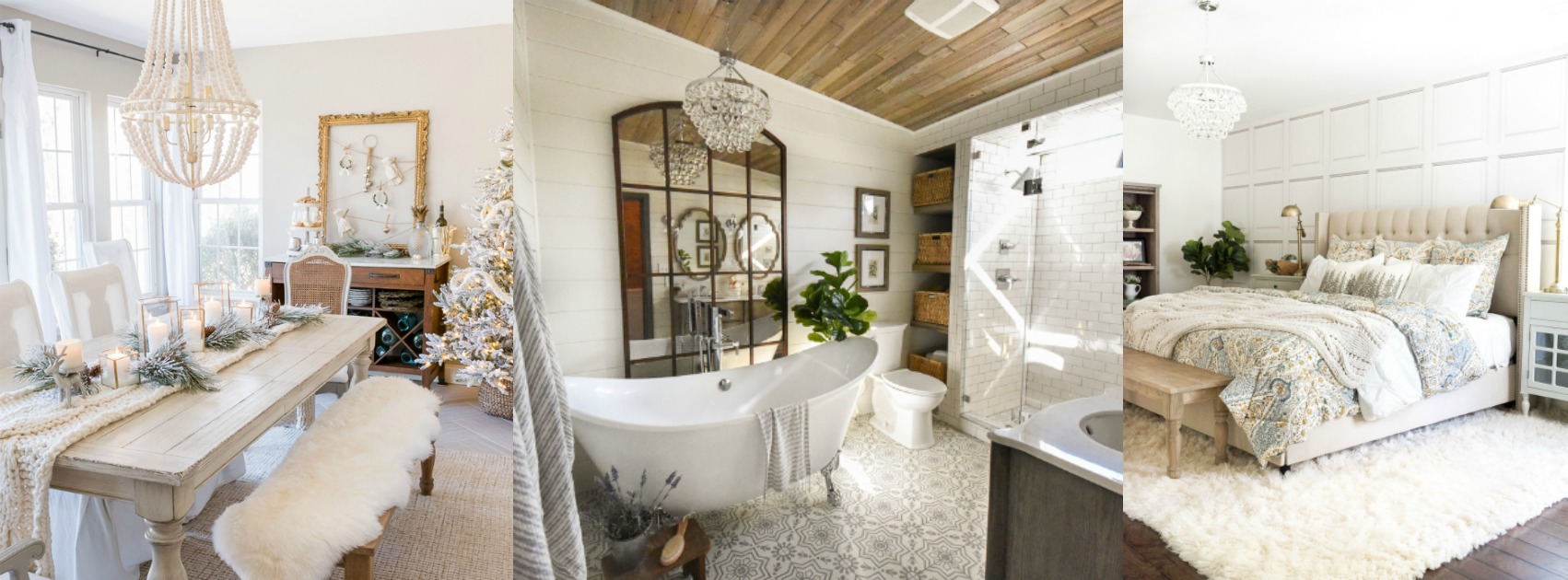
Where did you get your wall decal for the kitchen? with the brids and the branches???
I love you kitchen. The colors are amazing. I was wondering where you got the fabric for your valance? Thanks for your help!
Even though I hate wallpaper… I loved this post!!
LOVE it! Just need to find that “piece” for my master bedroom!
Love the rooms you showed! Great read!
What great tips! I’ve learned to always start with an inspiration fabric and it helps me so much in the plan of a room. Thank you for sharing!
repurporsedlifedesigns.blogspot.com
Wonderful advice! A bare room is as daunting to me as a bare sheet of paper waiting for some glorious words to spring from my fingertips.
All the rooms are wondeful, but your teal/green kitchen is my favorite by far. I love this color combination and the artwork on the wall.
Off to discover your blog.
@oldblockhouse